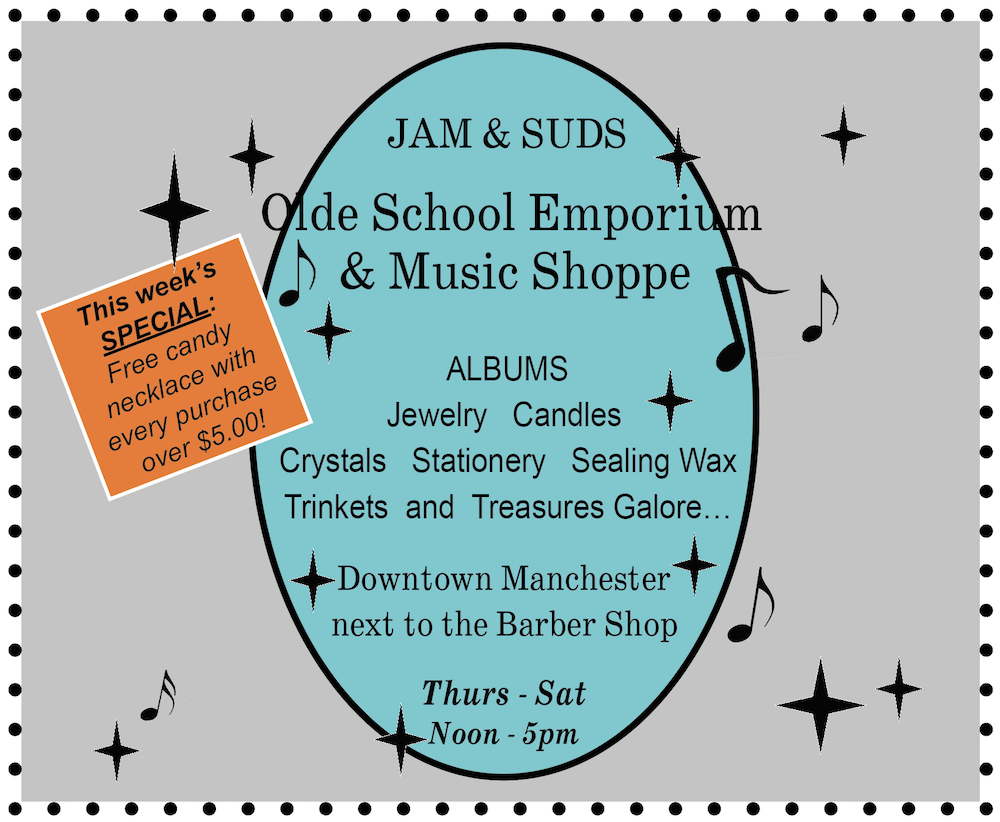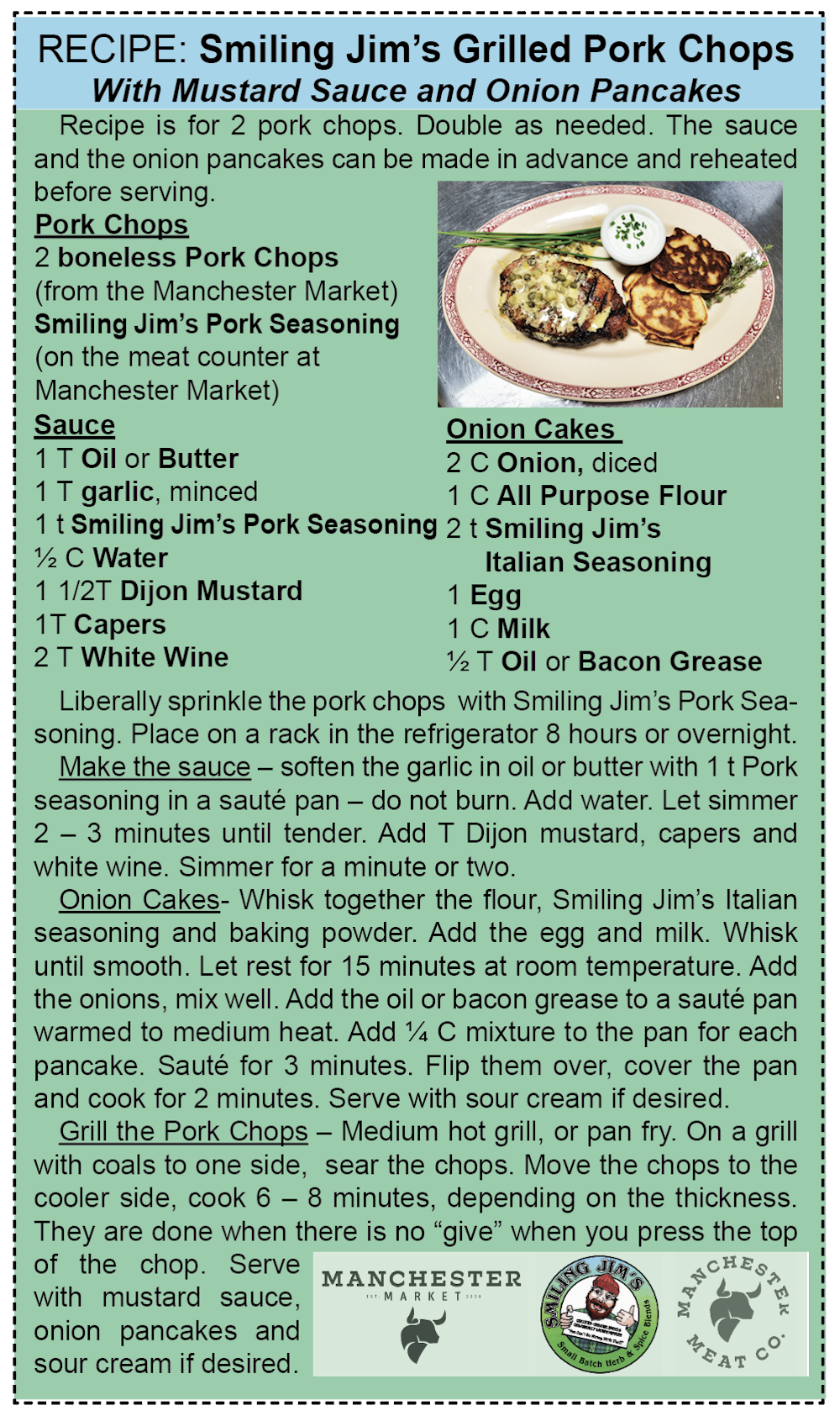Manchester Area Can Support 50,000+ SqFt Additional Retail Space
On December 22, at the regular Downtown Development Authority (DDA) meeting, Bob Gibbs of Gibbs Planning Group presented his Retail Market Analysis for the Village of Manchester. The results are pretty amazing, incredibly optimistic, and frankly, left everyone in the room in awe and questioning the validity of his analysis. Could it really be true?
The DDA received a $7,500 grant to have a retail market study performed. The Gibbs Planning Group was hired to analyze the potential for retail business in the Village of Manchester. One thing to note is that this study is for retail businesses only. Generally speaking, this is a store that sells products not services. This would not include businesses such as the banks, dog groomer, hair salons, etc. This is a study that evaluates businesses such as the pharmacy, the market, and does include restaurants.
The bottom line is that the Manchester area can presently support an ADDITIONAL 58,400 square feet of retail and restaurant development by 2019. That’s incredible! Let’s take a look at what this means.
First, the Manchester area: The Village of Manchester has an approximate six to seven mile "primary trade area". This is anyone within 10 minutes driving time to get to downtown Manchester. However, there is a larger, total trade area as well. The encompasses everyone within 15-20 minutes driving time to the Village. This area is bordered by I-94 on the north, US-12 in the and US-127 on the west. Before you dismiss this, think about where your family shops and eats. Where do friends go to eat? Many of us drive to Ann Arbor, Adrian, Brooklyn and into Jackson. It is reasonable to assume that given the right reason, residents from those areas would drive to Manchester as well.
Within the primary trade area, there are currently 11,320 people. This is expected to grow slowly to 11,500 by 2019. The key is that the average household income in this area is currently $84,050 and is estimated to increase to $92,075 by 2019. This is double the US average of $42,000. Within the total trade area, there are 38,000 people who are potential customers and 45.1% of all households earn above $75,000 per year. This is an average, of course, and while not every household falls into this category, there is a large amount of wealth surrounding the Village of Manchester.
How does Gibbs know this? The Gibbs Planning Group purchased two types of data for use in this study. The first set of data is credit/debit card data. Every time that we swipe a card, data is collected about how much we spend, where we spend it, and what we buy. The second set of data was for web clicks. He has studied our viewing habits and what we eventually end up ordering online. Gibbs essentially told us that he now knows everything that the residents in this area have purchased down to the magazines we read. The detail of information is then used to assess how money is spent. It should be clarified here that the data that he purchased was specifically for the 38,000 people in the total trade area. It was the data for you and for me as well as our neighbors and friends. This data did not represent a national average or even a state average. This is the data from our very own credit cards, debit cards, and web clicks.
Next, the money that the 38,000 people spend outside of Manchester is called “leakage”. This represents the sales that got away, if you will. Annually, there is over 20 million dollars spent outside of Manchester from this total trade area group. Gibbs projected that if we capture only 3.5% of that leakage, we could support 58,410 square feet of additional retail space. If the people in the total trade area choose to spend just some of their retail dollars in Manchester instead of going to Ann Arbor, Adrian, and Jackson, there is great potential for increased local sales.
The additional square footage/sales could mean new businesses or current businesses expanding in order to accommodate need. A business can simply reorganize shelves and add more product to increase sales and capitalize on some of this demand.
The biggest need? Grocery stores. According to the data, this area could support 12,335 square feet of new grocery store. To put this into perspective, according to their website, the average size of a Kroger store is about 165,000 square feet. The demand isn’t enough to justify a Kroger or a Meijer, but certainly an addition to the current market. The next largest demand on the list...expansion of the pharmacy. Then, of course, restaurants! Gibbs stated that Manchester could support one full service restaurant, two limited service restaurants, one bar, and a specialty food store (bakery, ice cream, coffee shop, etc). Data also showed demand for department store merchandise, and general store merchandise, clothing and shoe stores, hardware, and auto parts followed by a plethora of smaller amounts of this and that.
Why don’t we have a booming retail business now? Gibbs offered possible factors; sometimes owners aren't reasonable, sometimes owners don’t rent out the space that is available and sometimes the area is overlooked entirely. Lastly, data showed that Manchester was in need of businesses that meet industry standards (not run as a hobby). Businesses need to stay open after 5pm. In fact, 75% of all retail dollars spent last year were spent after 5pm. And businesses need to be open on Sunday. Sunday is now the biggest shopping day of the week.
Gibbs made recommendations to increase retail dollars. He suggested stepping up marketing, adding information about the stores and menus from the restaurants on a website and using business cards to recruit store owners to open businesses in Manchester. He also suggested posting an inventory of open real estate for potential business owners on a website, highway advertising (for example, billboards on I-94) and clear signage for travelers on M-52 to encourage them to turn the corner. Some of the recommended steps are already taking place. A new website was recently activated, the DDA has surveyed all available space, and signage has been ordered for M-52 and Main St. Mr. Gibbs’ report will be combined with a listing of all of the recent downtown improvements to be used to recruit new businesses.
Change doesn’t happen quickly, but the DDA and the Village are on the right track working to keep Manchester viable. Won’t you do you part and choose to shop in Manchester for your next retail purchase?










You must be logged in to post a comment Login